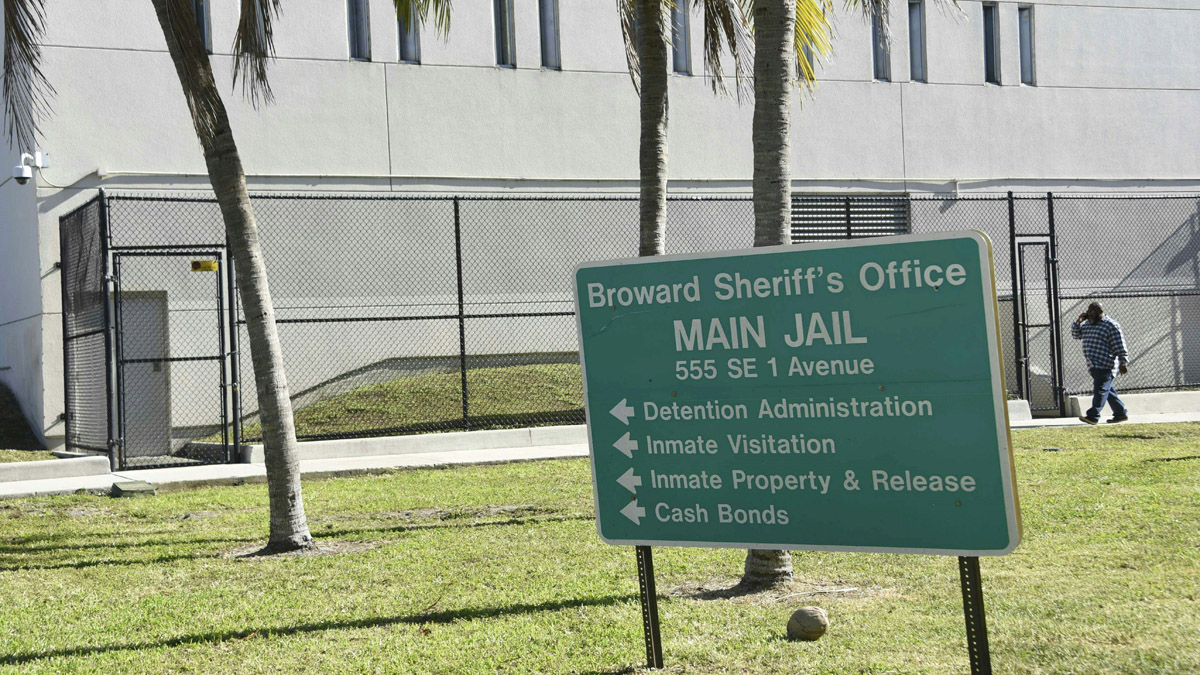For over two decades, Art Basel in Miami Beach has been the epicenter for collectors, galleries, and artists worldwide.
This annual event, now in its 21st year, is a cultural phenomenon that draws tens of thousands of visitors to Miami, making it one of the most significant art fairs globally.
But how did this extravaganza begin? The roots trace back to Basel, Switzerland, where Art Basel was already established as the most important art fair in the world during the spring. Seeking a winter complement, a group of visionaries, including key Miami players, embarked on a journey to bring Art Basel to the vibrant shores of Miami Beach.
Nestled against the backdrop of Miami's beaches and cultural scene, Art Basel Miami Beach has become one of North America's premier contemporary art fairs.
Get South Florida local news, weather forecasts and entertainment stories to your inbox. Sign up for NBC South Florida newsletters.
Miami Gallery Owner Fredric Snitzer, who opened his first gallery in the 1970s, recalls the pivotal moment when the Miami art scene collided with the global stage.
"Art Basel had been and continues to be the most important art fair in the world in Switzerland. They were looking for a winter compliment for their spring fair, and when they expressed interest in coming to Miami, we jumped all over it," Snitzer said. Museum professionals were involved, and everything was done to make it happen.
Prominent Miami figures, including Mera and Don Rubell of the Rubell Museum, Martin Margulies, and others, made the trek to Basel, Switzerland.
Local
Mera Rubell reflects on that time, stating, "It was the first time Art Basel and Miami Beach people became aware of how significant Art Basel Switzerland was. Nobody predicted the tremendous impact Art Basel would have on Miami and Florida."
These key players had a vision for Miami to become an art mecca. Snitzer emphasizes, "We knew that having a strong cultural community would have an incredible impact on the community financially, culturally, and in a variety of other ways."
Over the years, the fair has become a focal point for collectors, artists, and galleries like Snitzer, forever changing the art landscape of Miami.
"It's put us on the international map for the visual art world in a variety of other ways," Snitzer adds.
As the fair continues to expand, offering additional events for visitors, the pioneers are hopeful for what lies ahead. Mera Rubell sees it as an opportunity to showcase Miami's culture each year.
Snitzer expresses optimism, saying, "I think it will continue and thrive. I hope the community will grow and support the arts, especially the visual art community, even more than we do now."
The fair is open to the public on Friday, Saturday, and Sunday. Join the celebration of art that has turned Miami into an undisputed focal point of global artistic expression.



